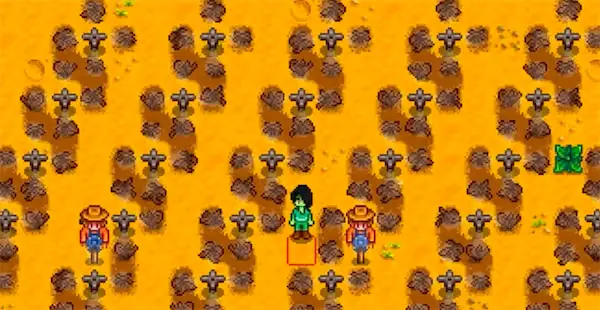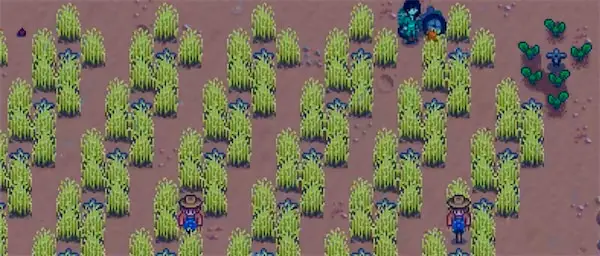How to Seamlessly Transition Between Seasons in Stardew Valley
Stardew Valley, the farming simulation game that has captured the hearts of millions, offers a rich and detailed world. One important aspect that significantly impacts gameplay is the shift from one season to another. Transitioning between seasons can be a tricky endeavor, especially when it comes to maintaining your farm. You might find yourself back at square one with your soil turning back into untilled land, filled with weeds, wood, and rocks. This guide explores methods to transition smoothly between seasons without the hassle of re-tilting and re-fertilizing your soil.
The Basics: What Happens During Season Change?

When you switch from one season to the next, most of the tilled land on your farm reverts to an untilled state if it is empty. This not only forces you to till the soil once more but also means you have to deal with the mess of weeds, wood, and rocks that can appear. This can become an incredibly time-consuming process, particularly if you have a large farm.
Types of Seasonal Protection
There are two types of protection you can give to your soil:
- Soil Protection: Simply ensures that the land remains tilled.
- Fertilizer Protection: Maintains the soil’s fertilized state along with tilling.
The Underlying Principle
The principle behind this is straightforward. If a crop is planted on the soil during the season change, the land will not revert to its untilled state. Two scenarios may then arise:
- Scenario 1: If the crop cannot survive into the new season, it will wither. In this case, you can use a scythe to remove the withered crops, and you’ll have tilled soil ready for the new season.
- Scenario 2: If the crop can continue to grow in the new season, not only will the soil remain tilled, but any applied fertilizer will also be preserved.
Common Strategies: The Strawberry-Hops-Pumpkin Rotation
A popular strategy involves planting Strawberries in the spring, followed by Hops in the summer, and finally Pumpkins in the fall. This ensures your soil remains tilled throughout the year. Both Strawberries and Hops are continuously harvestable crops, serving dual purposes as profitable and soil-protecting plants.
Budget-Friendly Options
If you’re looking for a more budget-friendly option, consider using low-cost seeds like Daffodil or Tulip in the spring, costing only 20 gold each. For transitioning from spring to summer, Rice can also be a good alternative.
Fertilizer-Specific Strategies
When it comes to preserving fertilizer, things get trickier. Coffee beans are an option but require extra labor to chop down, and it becomes cumbersome quickly. One can use a pickaxe; however, be careful not to ruin the tilled land accidentally.
Advanced Techniques: Wheat and Other Methods
Wheat is perhaps the most cost-effective and practical choice for both soil and fertilizer protection when transitioning from summer to fall. It’s cheap (10 gold per seed) and can grow in both summer and fall, making it an excellent choice.

Seasonal Tricks: Using Cacti and Fiber Seeds
If you’re looking to get a bit craftier, Cacti can be used for soil and fertilizer protection. It’s a pricey option, costing 150 gold per seed, but it’s versatile and can be planted in any season, although it will wither the next day if not in a greenhouse or on Ginger Island.
Conclusion
Seasonal transitions in Stardew Valley require a fair amount of planning and strategic farming. Using the methods discussed, including crop rotations like the Strawberry-Hops-Pumpkin strategy, low-cost alternatives, and special techniques involving wheat and cacti, can save you time, energy, and resources. Happy farming!
Note: If you have access to Fiber Seeds, it’s also a viable option but requires you to complete Linus’s Community Cleanup quest. These seeds can also be made in large quantities, but it’s a cumbersome process involving Mixed Seeds, Sap, and Clay, and generally, it doesn’t offer much value.
With proper planning and smart choices, you can streamline your farming efforts and make the most out of each season in Stardew Valley. This guide aims to equip you with the knowledge and tips needed to ensure that your farm thrives year-round, no matter the season.